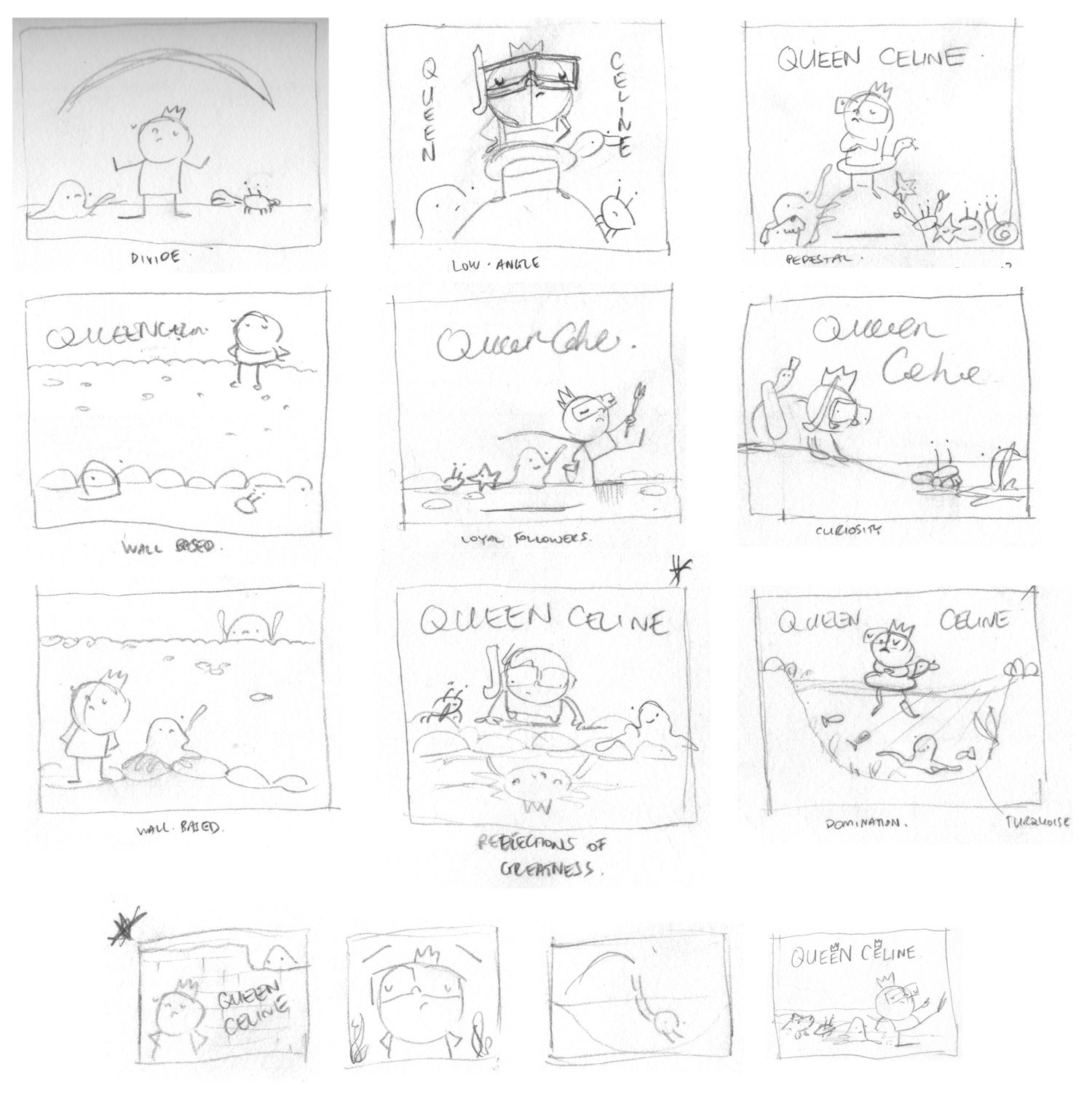I have a love/hate relationship with social media these days. On one hand, there is obvious value in sharing my work on social media. It reminds people I exist. And, if people know you exist, the theory goes, they’re more likely to engage with your work (either in a paying or non-paying capacity). On the other hand, I find it endlessly tedious because, well, as a small individual, the algorithm isn’t in my favour. Unless I do what Instagram wants me to do, of course, and that’s helping them get other folks’ eye balls on the ads that companies who aren’t me pay for and benefit from.
And so, there’s this chicken and egg game that’s emerged. What Instagram wants changes over time as they incrementally optimize the ways they increase our visits, clicks, engagement and attention on the platform. Instagram (and every other social media platform) need the artists and creators of the world to create and share beautiful content. It used to be images but now video, ever more data-rich than a single image, is turning out to be even more addictive and engaging for the general population.
But the trade off here doesn’t seem fair. In fact, it seems like the classic and very old-school bargaining deal that I and many others in the design industry rejected early on in our career – Let us use your art to make us money and, in return, we’ll give you exposure.
But, as the algorithm optimizes incrementally and infinitely, that trade-off is weighing more and more in the platform’s favour, not the artist’s. The commercial benefits for the platform are clear, tracked, and measurable. The artists’ benefits are not. Instead, there’s a blind faith and a ‘fear of missing out’ that’s driving our ability and need to post more often, at particular times, in different ways. The value proposition for using social platforms for ‘marketing’ seems so diminished that I’m sitting in the ‘why bother’ camp now. The power and benefits balance is, well, unbalanced.
I’ve noted before that Roald Dahl doesn’t have an Instagram account but, through is incredible work (produced in a time before social media), still has a very strong presence. Things are different now, sure. But, if the time I dedicate to “marketing via social media” is, instead, channelled into thinking more deeply about the work itself, I have a hunch that I’ll be better off in the long run – both in my pursuit to find a truth in my art, but also commercially.





